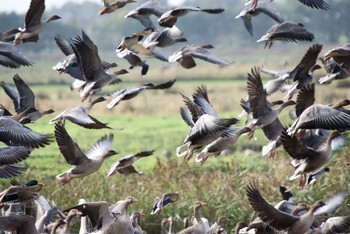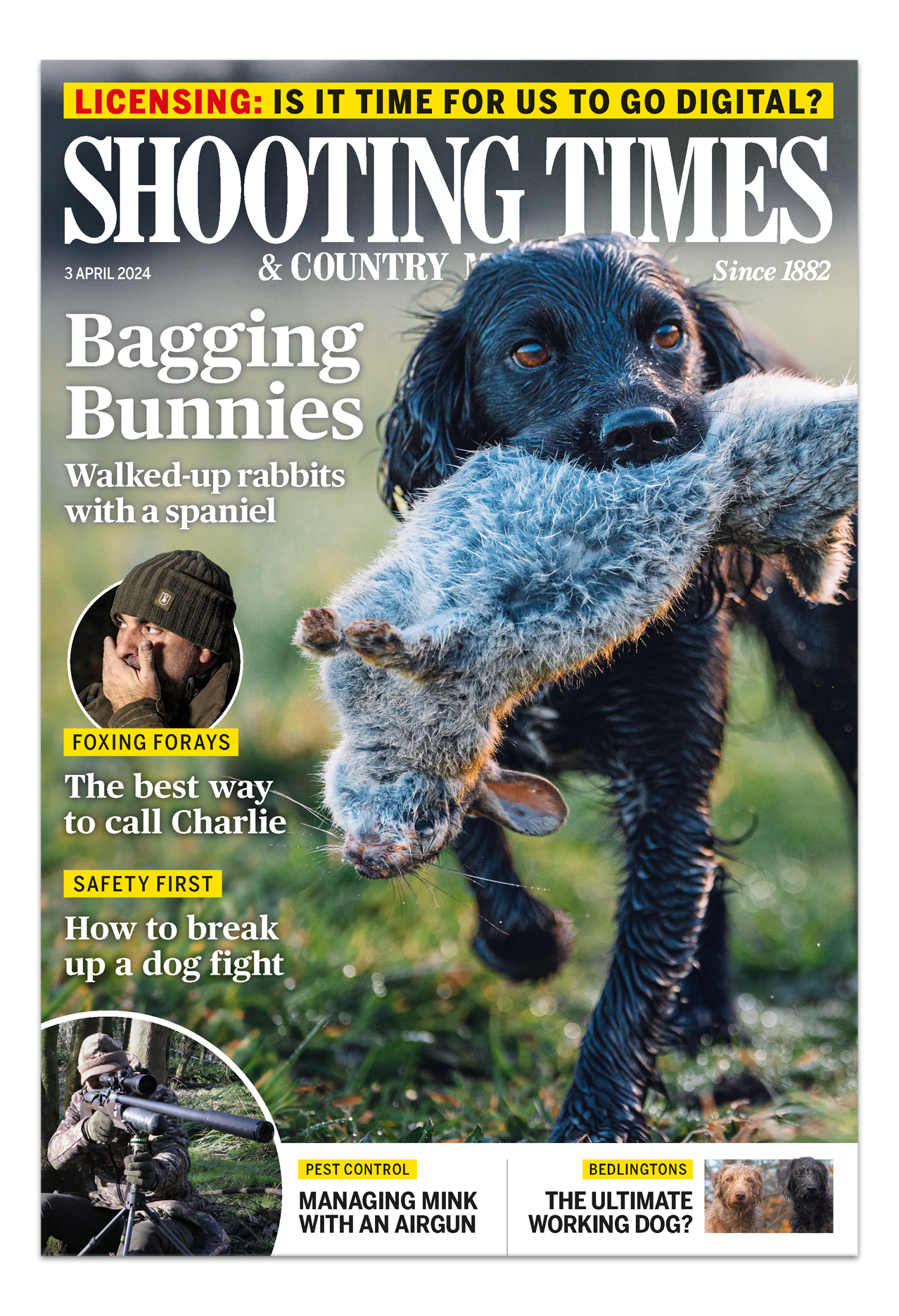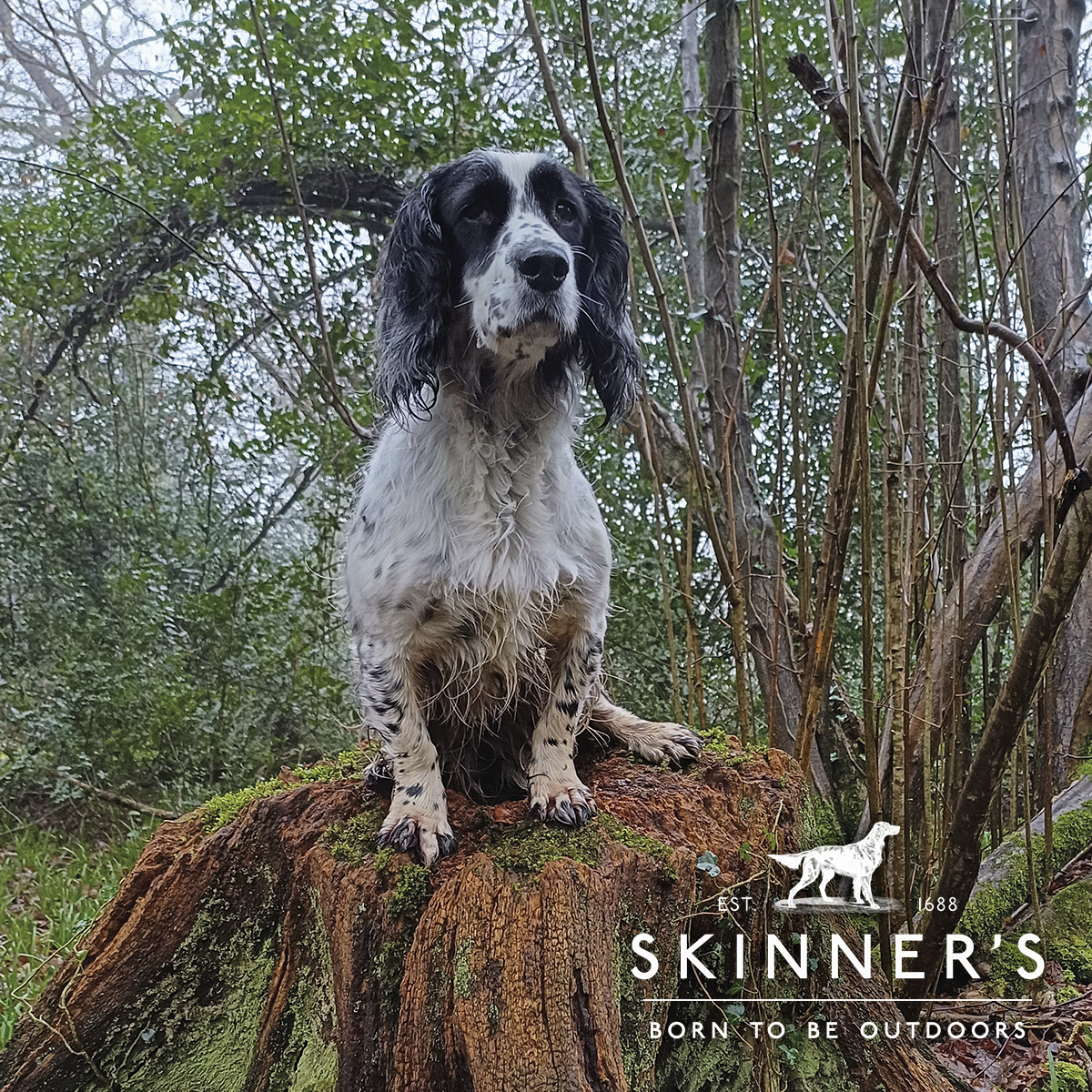A Winter’s day wildfowling on the Solway

The lure of the Solway draws many keen wildfowlers to test their wits against the wildest of quarry. Sometimes the more fanatical set up home within sight of the slopes of Criffel, the extensive saltmarshes, sands and mud of the Nith Estuary.
One of my old wildfowling mentors, Jack, did exactly that. Wildfowling on the merses in the area had become an obsession with him, and he ensured his RAF service during the 1940s took him to Dumfries. After the war, he and other enlightened members of his generation, who shared a deep respect for wildfowl, strove to prevent the detrimental practice of roost shooting on the mudbanks.
On one occasion, I had gone to visit Jack after a morning flight, but no-one answered the door and, ominously, the kennel outside looked deserted. He was into his 80s and I left hoping that everything was all right. Later, I phoned another friend, Davy, to ask after Jack, and also to find out if he knew of any 10- or 8-bores for sale. By strange co-incidence ? or was it fate? ? Davy told me that he had just taken Jack?s Kestrel 10-bore to a gunshop in Annan. Unfortunately, the old man had not been well and his guns were up for sale.
Borrowed gun
I had borrowed that Kestrel side-by-side nearly 20 years ago to the very day. A couple of handfuls of cartridges I had hand-loaded for it back then were still in my possession. I recall earnestly studying loading tables from an old Shooting Times and in no time at all 2oz loads of lead No. 4 shot had been made up for duck and 2¼oz of No. 1 shot for the geese. My goose fever, which was bad enough already, had then reached unheard of heights as I imagined the great birds tumbling from the heavens as the giant gun thundered.
As Robert Burns once said, ?The best laid schemes o? mice and men?? The trouble was that word must have been out among the birds that I had a proper
fowling piece. For several weeks thereafter skein after skein of sky-high pinks went over the top of me on morning and evening flights. The only time the gun was actually fired was at a drake mallard on a morning flight near my old home. Davy and I had hidden behind whin bushes waiting to ambush some pinks I had spied coming low off the shore the previous morning. But the geese didn?t turn up.
Just before we left, Davy had shouted to warn me of a duck coming low from his side. A hurried single shot had been well behind it, because I wasn?t used to swinging such a weighty gun. On return to its owner, the gun had been offered to me for a reasonable price. Regrettably, with a young family to feed and clothe, I couldn?t afford it on my meagre salary. As luck would have it, the gun had remained with Jack over the years.
During our telephone conversation, Davy offered me his old Lincoln over-and-under 10-bore for the grand price of a pint of beer, as he had been given a new Remington SP-10 by one of his American wildfowling clients. While thanking him for his extremely kind proposal and laughing at his description of the Kestrel as being ?as wieldy as a piece of angle iron?, I told him of my intention to buy Jack?s gun for sentimental reasons.
The next day I was still saddened by the news about Jack, but smiled as I remembered tales of his fowling adventures. On arrival in Annan, I entered what can only be described as the Aladdin?s cave I had been searching for all my adult life. The shop was filled with goodies ranging from brand new 8- and 10-bore cases, to tungsten cartridges and loose Bismuth shot. At that time, lead shot was still allowed over most wetlands in Scotland, but new laws were coming into force for the following season.
As well as the 10-bore, I bought Jack?s 3in chambered AYA 12-bore and a big bag of loading materials. History seemed to be repeating itself, however, as mild weather meant that I didn?t fire a single shot in two trips out with the 10-bore.
A fortnight after buying the big gun I left the house at 4am to go down to the Solway. Heavy rain and hailstones drummed against the car and ricocheted off the Tarmac for most of the trip south. When I arrived at the shore it was dry but gusts of arctic wind blew from the northwest. It certainly wasn?t a lazy breeze; that would have passed around me. This one hadn?t deviated in the slightest. It blasted straight through me and chilled me to the very core.
Taken by surprise
Before the first trace of blue appeared in the sky, I reached the partial shelter of some gorse bushes. As I cradled the 10-bore and tried to settle in among the billowing, spiky branches, three teal tore out of the darkness from behind me and headed for the estuary. I was taken totally by surprise and then dithered too long about whether or not to take a shot at duck before the geese had moved.
Immediately afterwards I was glad I hadn?t fired as I heard the faint, melodic voices of pinks somewhere out in the gloom. I carefully scanned above the mudflats. As the clamour got louder, I realised they were moving from inland towards the sea. A skein of nine appeared just over the gorse bushes to my left, and struggled in the crosswind as they quartered slightly towards me. I chose one, fired and ? yes! ? it started to fall.
The chance of a right-and-left was then presented as the birds were still only a stone?s throw away and straining desperately to gain height. However, the shot goose was still striving to stay aloft. I quickly swung past it again and pulled the back trigger. Its head slumped and the wind carried it on, like an autumn leaf, to tumble down on to the ice-coated pebbles and iron-hard mud.
Euphoria is too mild a word to describe how I felt on getting a pink with my first firing of the gun after a two-decade gap. As the goose was retrieved into my hands and I reverently admired the subtle browns and greys of its plumage, I felt sure this boded well for future use of the magnum 10-bore.
Several more skeins of pinks were seen over the next couple of hours, but they were all well out over the mudbanks. When I started to shiver uncontrollably and an overcoat of powdery frost had covered the shot pinkfoot, I retreated back to the haven of the car to thaw out.
Tide flight
One of the highest tides of the season was due in the early afternoon, so I dragged the sack of duck decoys out from the mound of wildfowling paraphernalia in the back of the car. The weak winter sun had made little impression on the effects of the biting wind. All along the length of the merse, dabbling duck sought shelter from choppy grey waters as the tide rose and filled the firth. Shelduck, pintail, wigeon, mallard and teal were all spotted in the calmer, higher reaches of the saltings, where the energy of the waves was dissipated by yellow-ochre tussocks of grass.
I failed, miserably, with the first lot of teal that hurtled past, but knocked
a hen out of the second batch. While the springer swam for it, I had to wade out to make another retrieve myself ? the decoy bag had floated away. Violent bursts of wind were proving too much for the netting hide so, when rising water slopped about my legs, I sought cover among the furzes.
An overhead cock wigeon soon gave a chance to test the big gun out at around 50 yards and it passed with flying colours; the adult bird plummeted down and
landed with a thud just in front of the bushes. The exquisite diversity of buff, chestnut, pink, green, black and white in the feathers still elicited the same deep wonderment as it had done a quarter of a century before, when I first became hooked on wildfowling.
From then on it was only aerobatic teal that dashed over, determined to reach some favoured inland roost, and they paid no attention whatsoever to the decoys. Several of these comely little birds were missed, but a cock and another hen were added to the collection at the dog?s feet. The sleek pintail and portly mallard further along the flooded merse remained, astutely, out of range.
Graceful great-crested grebes and lively dabchicks swam and dived in some of the fl ooded gullies. Three other duck ? much further out behind a raft of scaup and seemingly immune to the waves ? might have been long-tailed duck, but it was difficult to be certain. Standing there with a myriad of flying, swimming and diving birds as far as the eye could see gave me a wonderful sense of contentment and belonging.
At that very moment, I wished that Jack had been there for the flights and I also wished that I was an artist, because mere words could never convey the true essence of that wintry adventure.








